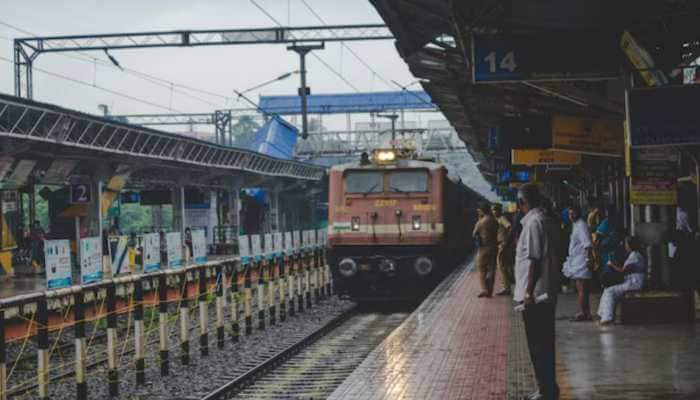In the holy month of Sawan know about the significance of 'Jyotirlinga'!
Know about the significance of 'Jyotirlinga' here!
Trending Photos
) Image credit: Thinkstock
Image credit: Thinkstock New Delhi: There's an ancient story behind the creation of 'Jyotirlinga' which is described in the 'Śiva Mahāpurāṇa' that goes, once Lord Brahma and Vishnu had an argument over who is the supreme creator of the universe. At that time, Lord Shiva came to calm down the heated debate and literally pierced the three world or loks ( Swarga, Dharti & Patal) into a huge pillar of light and then commanded Brahma and Vishnu to search for the end and star point of the light respectively.
Later, both Brahma and Shiva traveled in the opposite directions to find the end of the infinite light. Vishnu accepted his defeat as he couldn't find the ending, while Brahma lied. This made Shiva infuriated and he banned Brahma's worship in Hinduism.
Hence, Jyotirlinga symbolises the Supreme Lord Shiva or an original form of Shiva. As per ancient Vedas, there were 64 jyotirlingas. However, 12 of them are considered very sacred and are situated in the following places in India-
- Somnath in Gujarat,
- Mallikarjuna at Shrishailam in Andhra Pradesh,
- Mahakaleswarat Ujjain in Madhya Pradesh,
- Omkareshwar in Madhya Pradesh,
- Kedarnath in Uttrakhand,
- Bhimashankar at Pune in Maharashtra,
- Viswanath at Varanasi in Uttar Pradesh,
- Tryambakeshwar at Nashik in Maharashtra,
- Vaidyanath Temple at Deoghar in Jharkhand,
- Aundha Nagnath at Aundha in Hingoli District in Maharashtra,
- Rameshwar at Rameshwaram in Tamil Nadu
- Grushneshwar at Ellora near Aurangabad, in Maharashtra.
Stay informed on all the latest news, real-time breaking news updates, and follow all the important headlines in india news and world News on Zee News.
Live Tv







)
)
)
)
)
)
)
)
)
)
